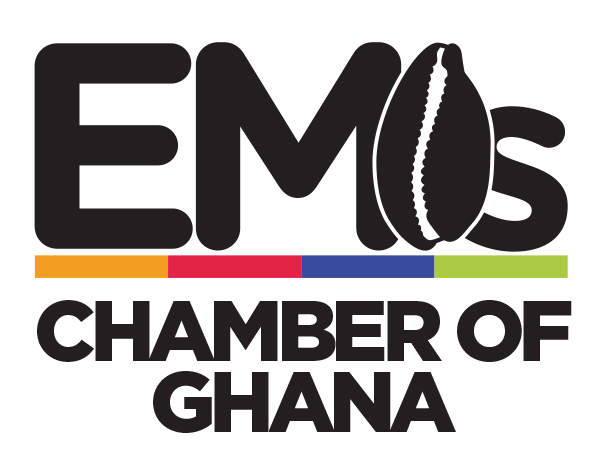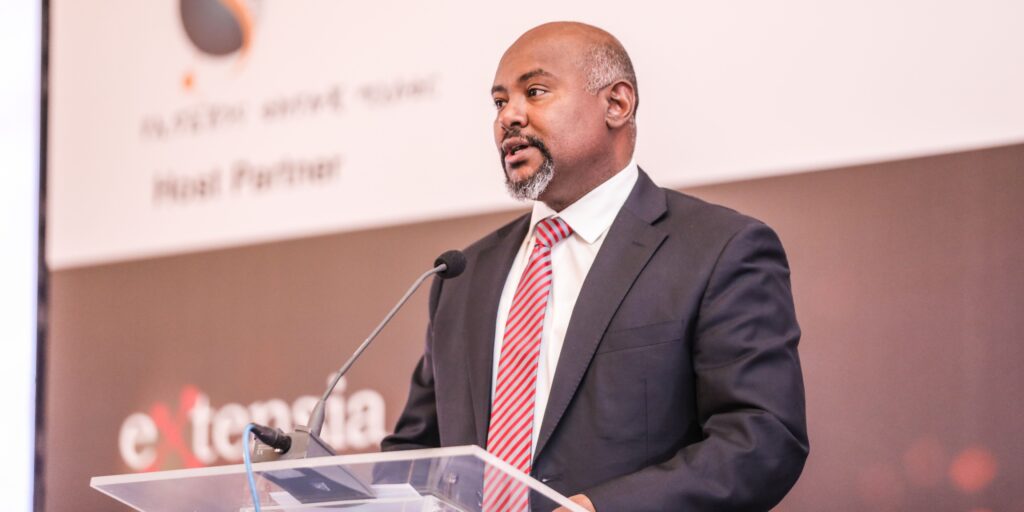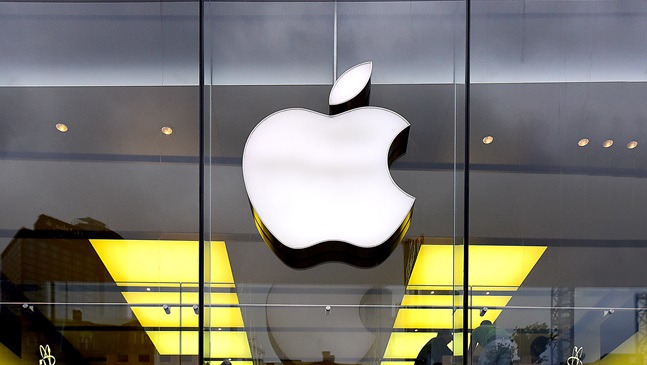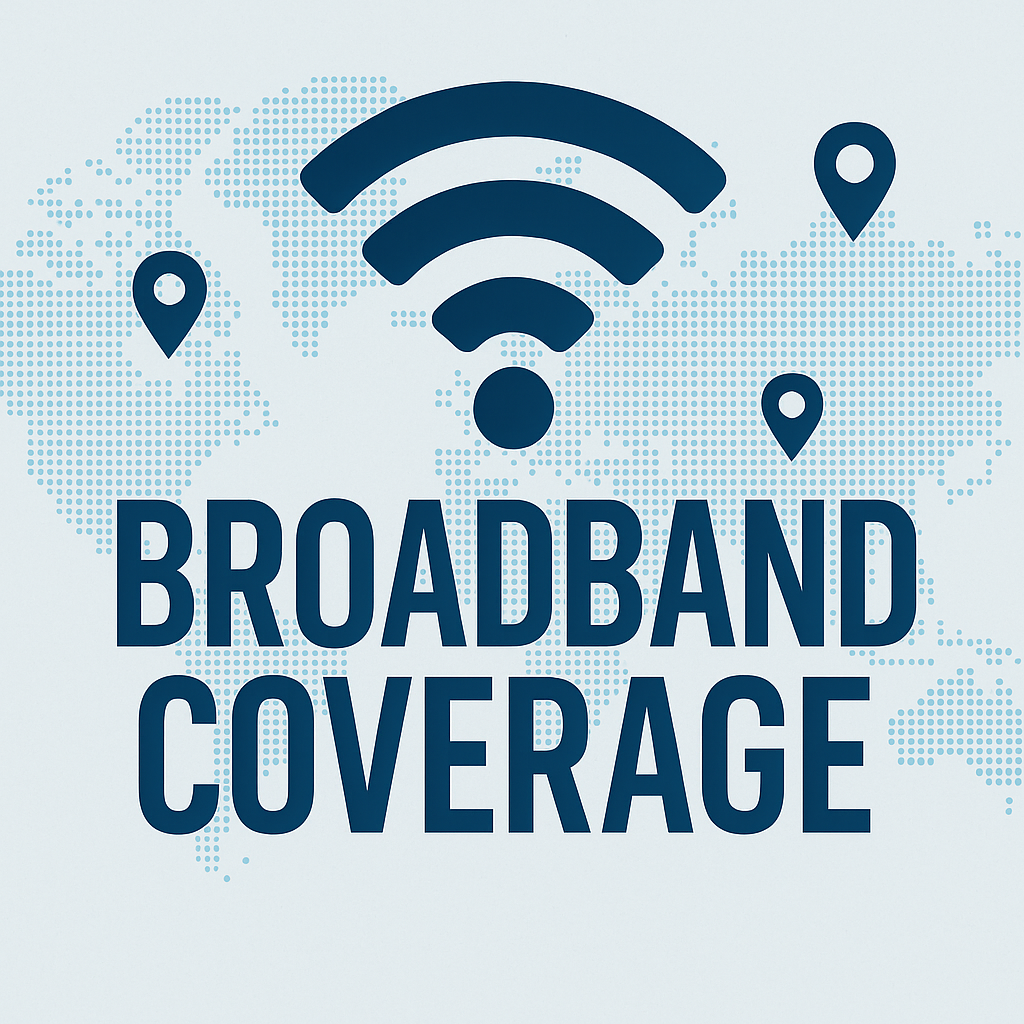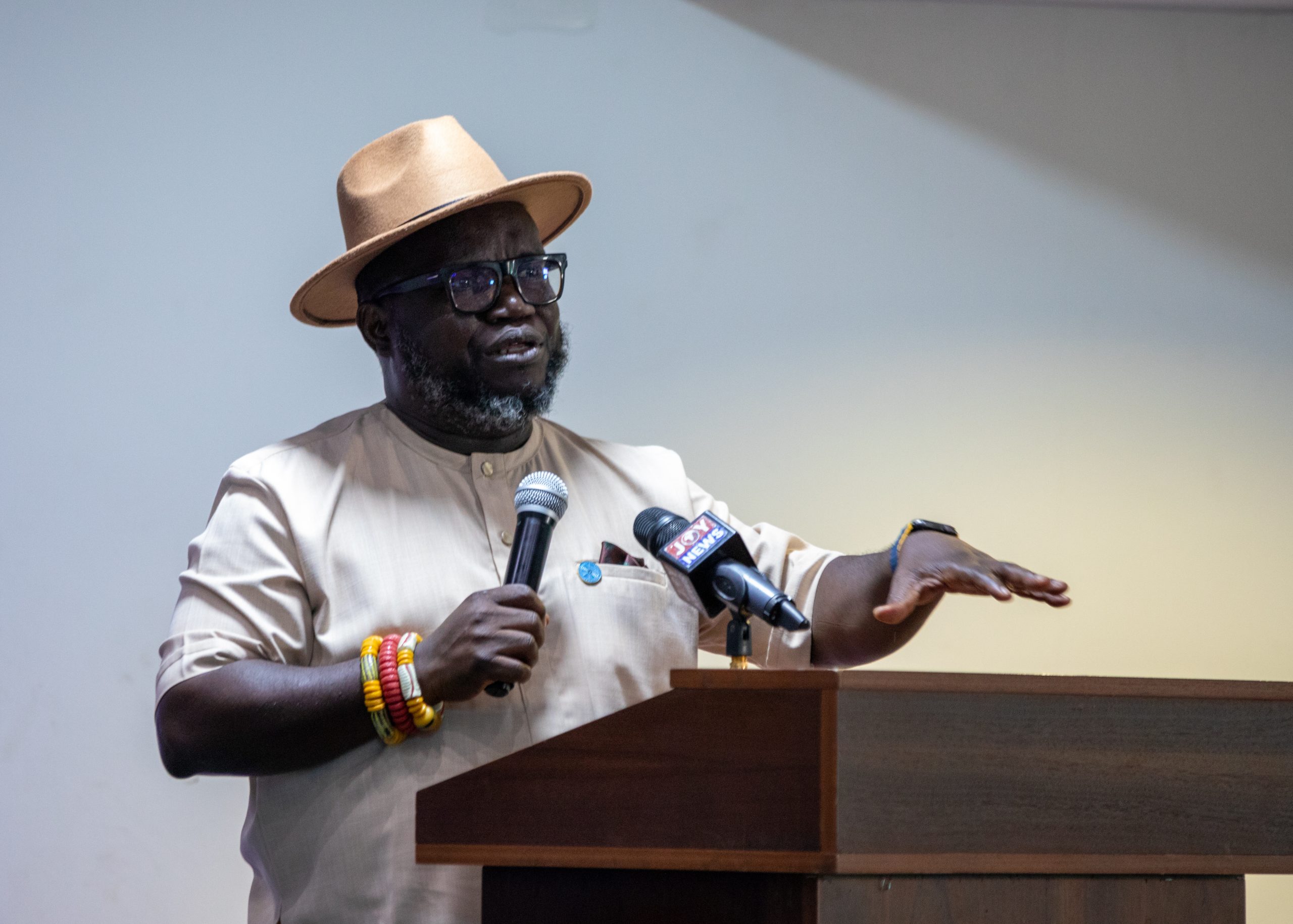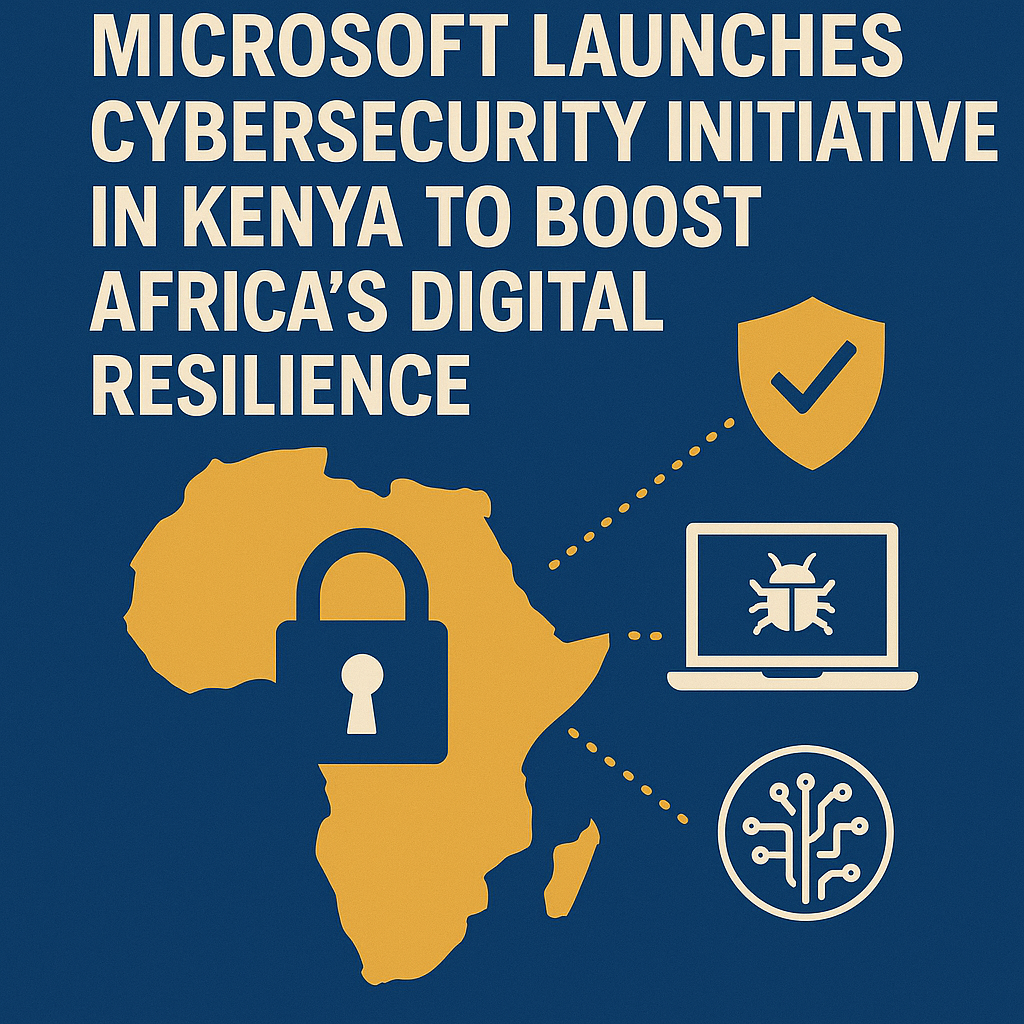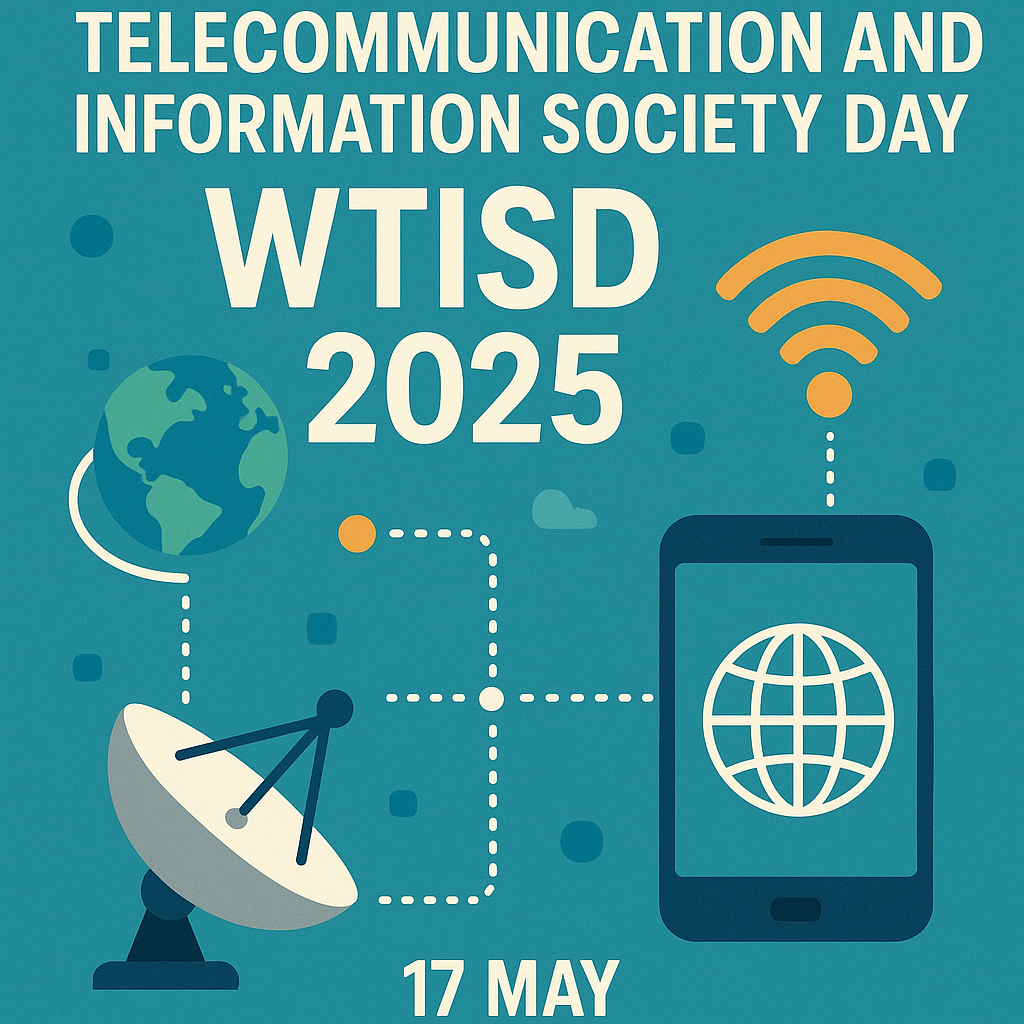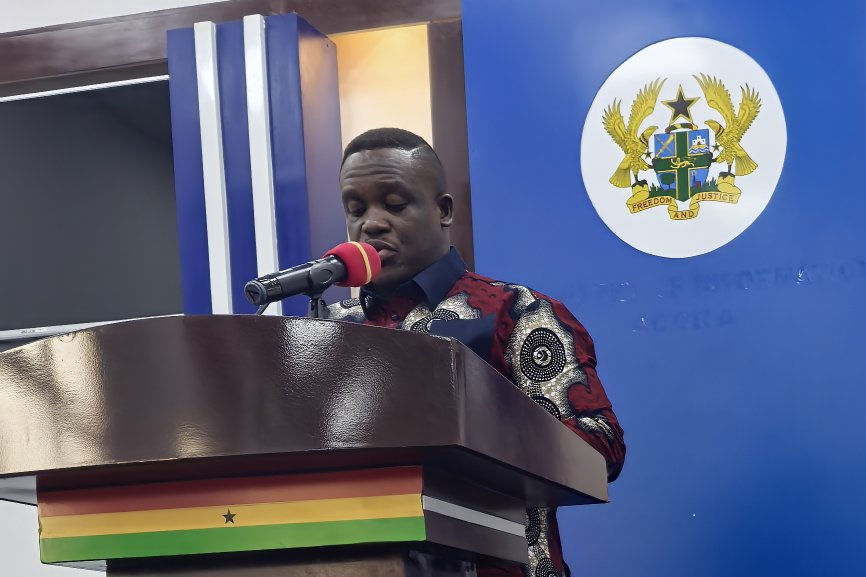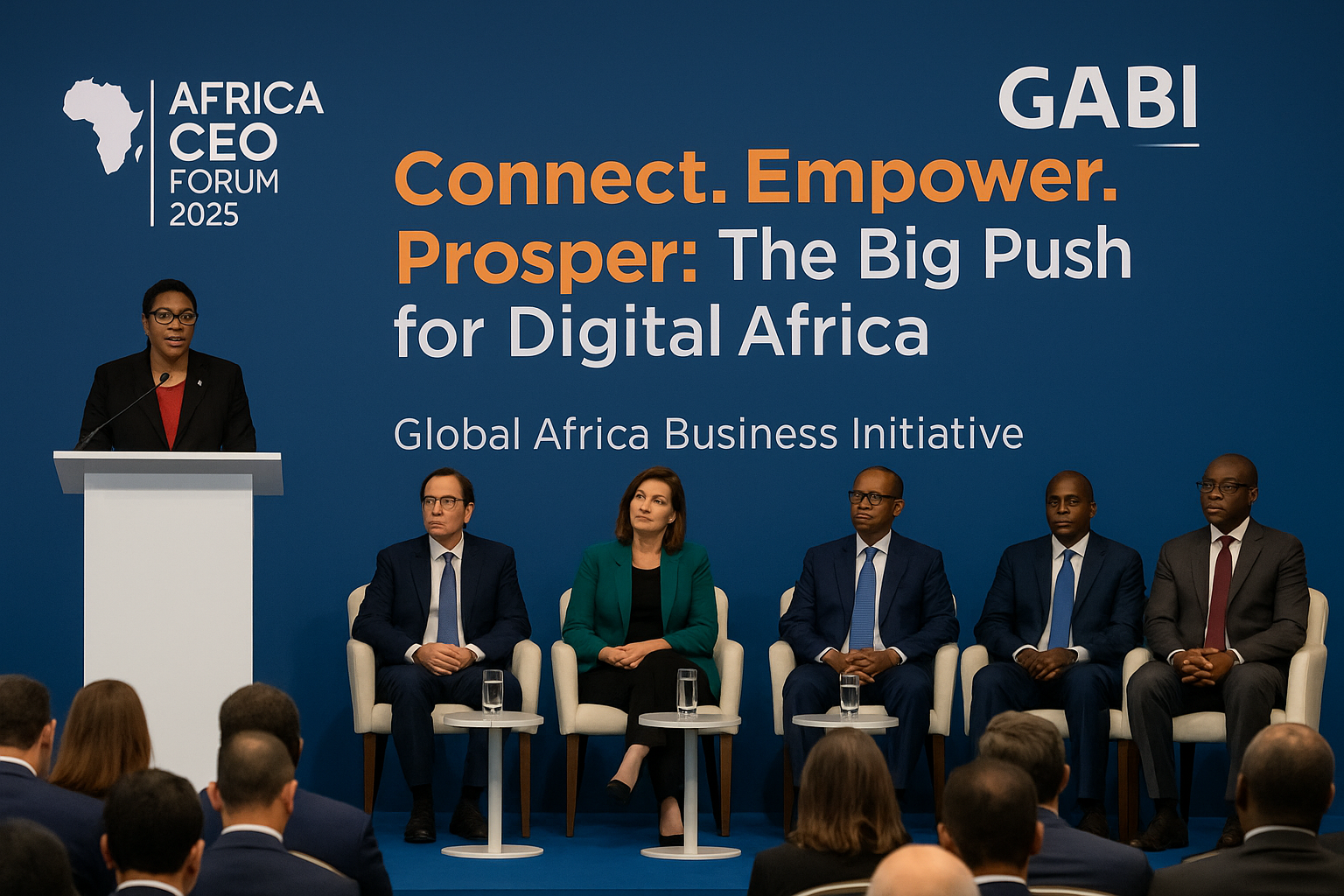The Ethiopian government is continuing its efforts to digitally transform the national education system. Belete Molla (pictured), Minister of Innovation and Technology, called last week for active engagement with the private sector, particularly tech startups, to come up with innovative solutions for this purpose.
The call was launched during EdTech Week 2025, held on Wednesday, June 11th and Thursday, June 12th in Addis Ababa. Co-organized by Reach for Change, the Mastercard Foundation, and the Ministry of Education, the event aims to promote innovative local technology solutions to improve access, quality, and equity of education in Ethiopia.
As part of this effort, the Ethiopian government launched a five-year national strategy for the digitalization of education in March 2023. The government is also working with institutions such as UNICEF and the Mastercard Foundation. Additionally, the national digital transformation strategy earmarks $18 million for broadband connectivity for selected educational institutions, in partnership with EthERNet, the Ethiopian National Research and Education Network, which falls under the Ministry of Education.
Public-private partnership is also recommended in the “Digital Education Strategy and Implementation Plan 2023–2028.” “Implementing the comprehensive digital education strategy requires significant resources, making close cooperation between the government and the private sector essential. Through appropriate PPP arrangements, this collaboration aims to mobilize private companies to innovate, conduct research, and develop digital technology solutions that contribute to achieving the country’s strategic digital education objectives,” the document reads.
Through these efforts, the Ethiopian government aims to leverage ICT in the education sector to improve the quality, relevance, equity, and accessibility of education for all, including refugees, and to bring stakeholders together within digital ecosystems and platforms. This approach is notably supported by the Organisation for Economic Co-operation and Development (OECD), which believes that digitalization can improve student learning, support teachers in their pedagogy, and inform decision-making at all levels of the education system.
However, despite the efforts undertaken, the digital transformation of the Ethiopian education sector remains at a preliminary stage. For it to fully bear fruit, several challenges common to many African countries will also need to be overcome. These include the still very unequal access to infrastructure, particularly in rural schools, which often lack electricity, internet connection, or basic equipment; the poor preparation of teachers in the pedagogical use of ICT due to a lack of adequate training; and the significant inequalities in access to digital technology among students, linked to social background, gender, or language.
Source: Agency EcoFin
